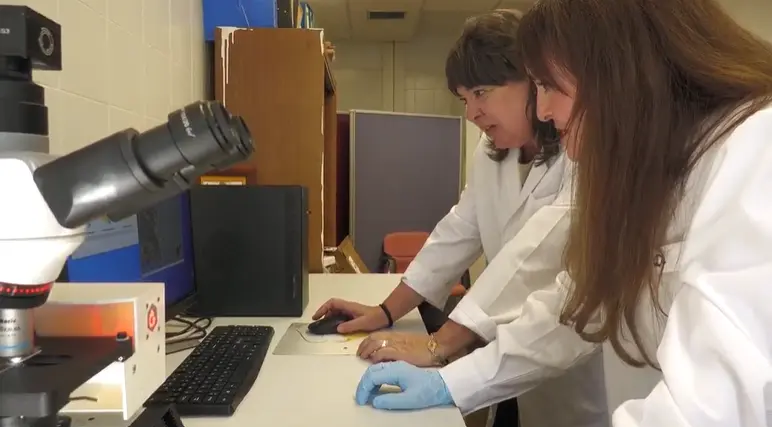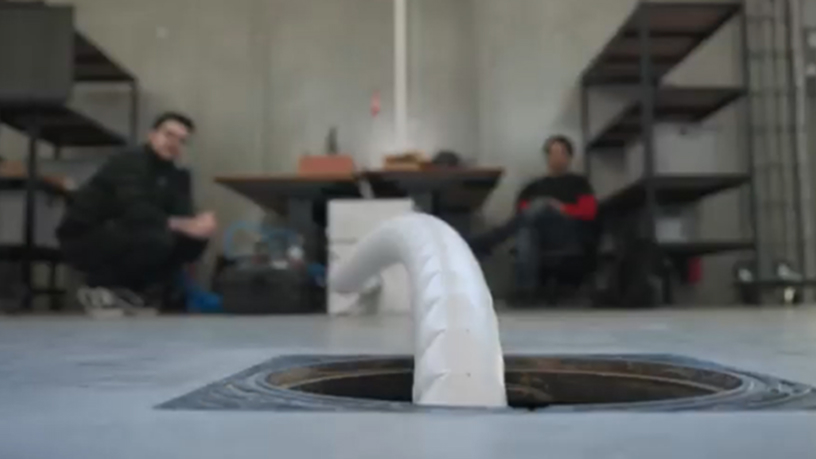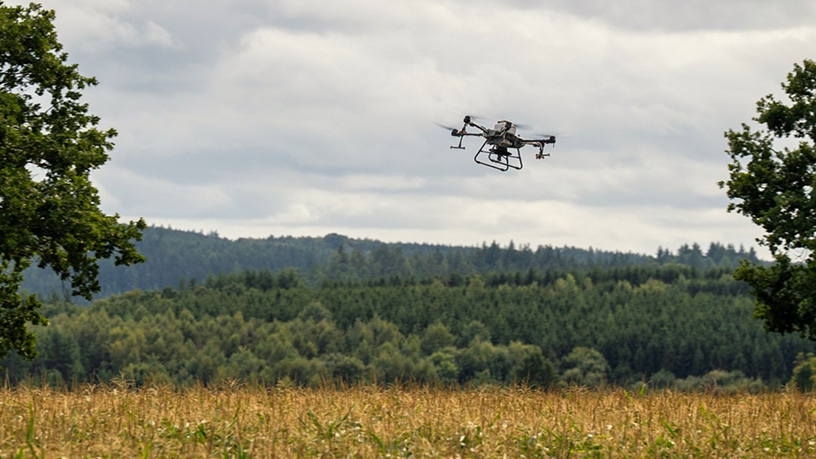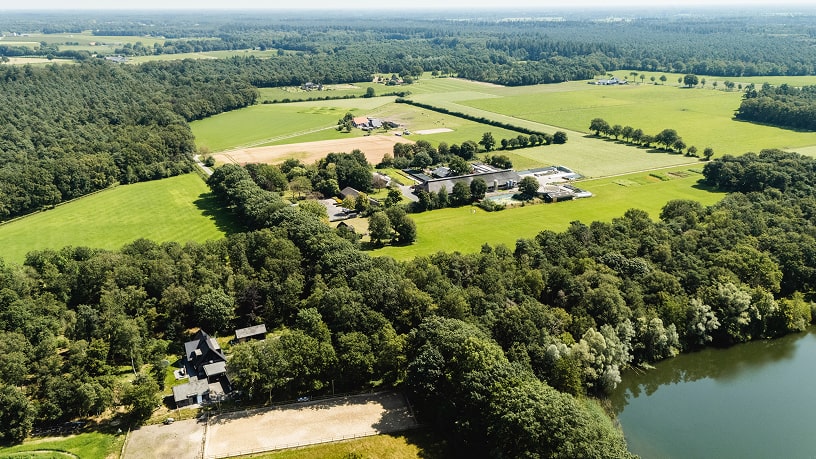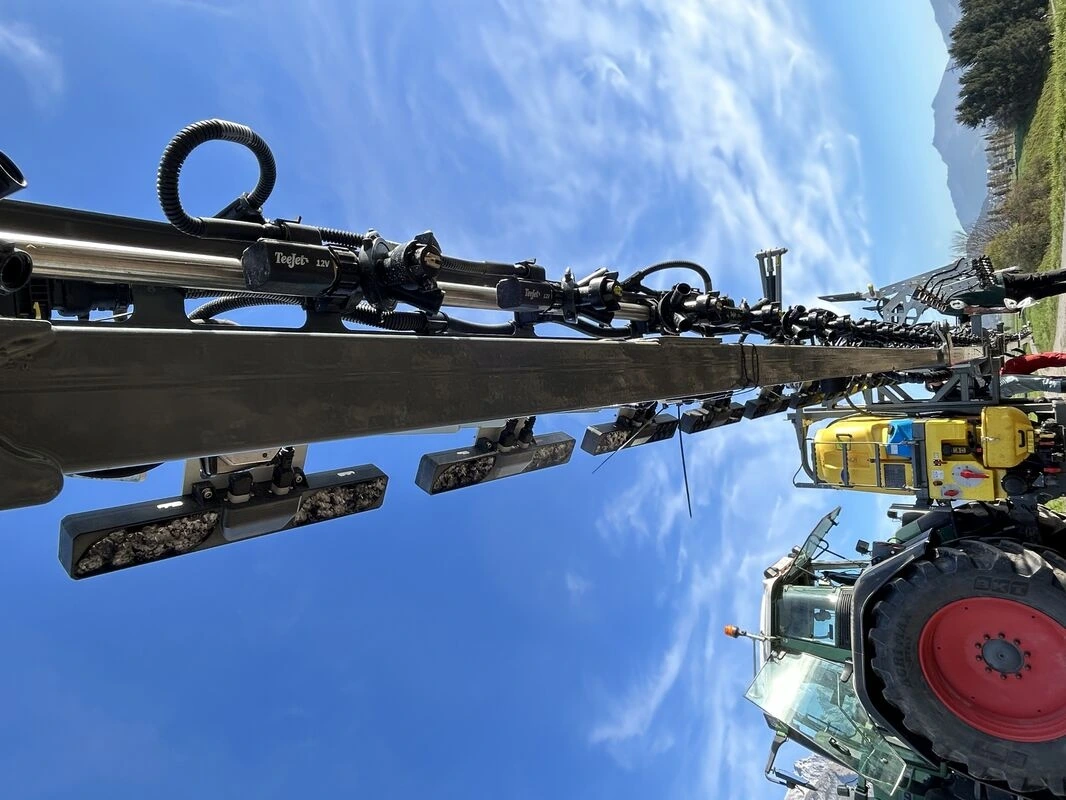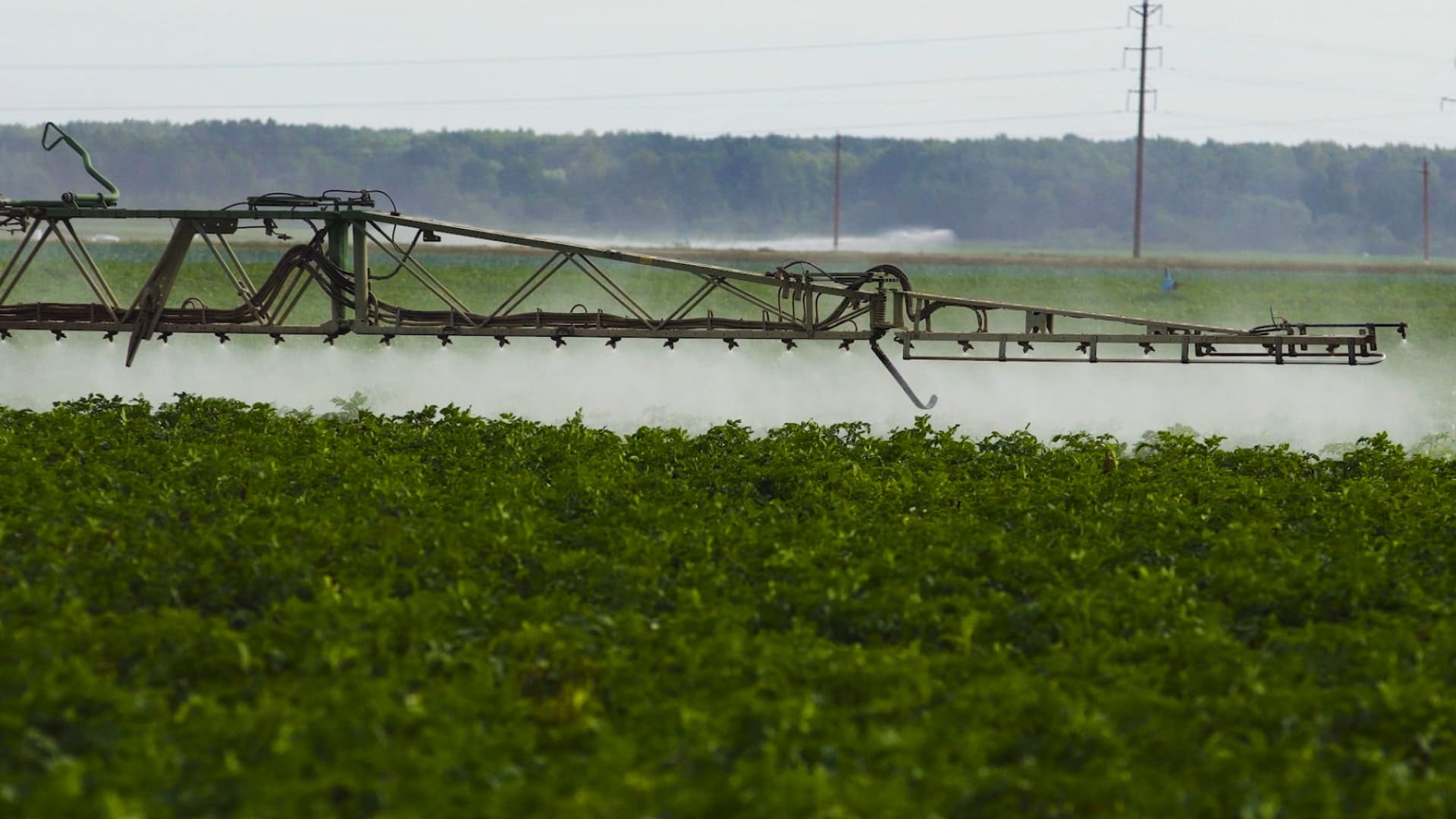Overview
Designing agricultural robots that operate safely and meet regulatory expectations is essential for market deployment and stakeholder trust. This service offers a structured risk assessment tailored to autonomous robotic systems in agriculture. It supports manufacturers by:
- Reviewing system architectures and identifying potential points for improvement.
- Reviewing estimation risk levels and appropriate safety integrity targets.
- Ensuring alignment with safety standards such as ISO 18497, ISO 25119, and ISO 13849.
Through a third-party expert perspective, the service strengthens your risk management approach and enhances the credibility of your safety documentation.
More about the service
How can the service help you?
How the service will be delivered
Service customisation
- INRAE | Website

